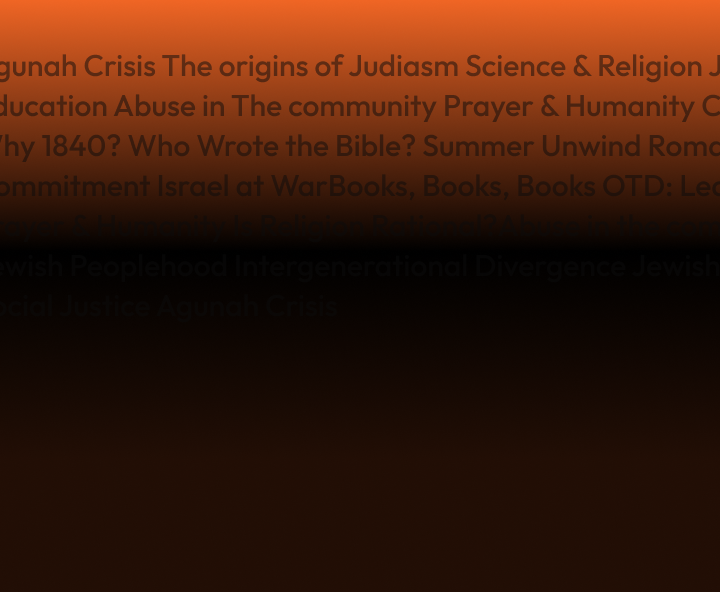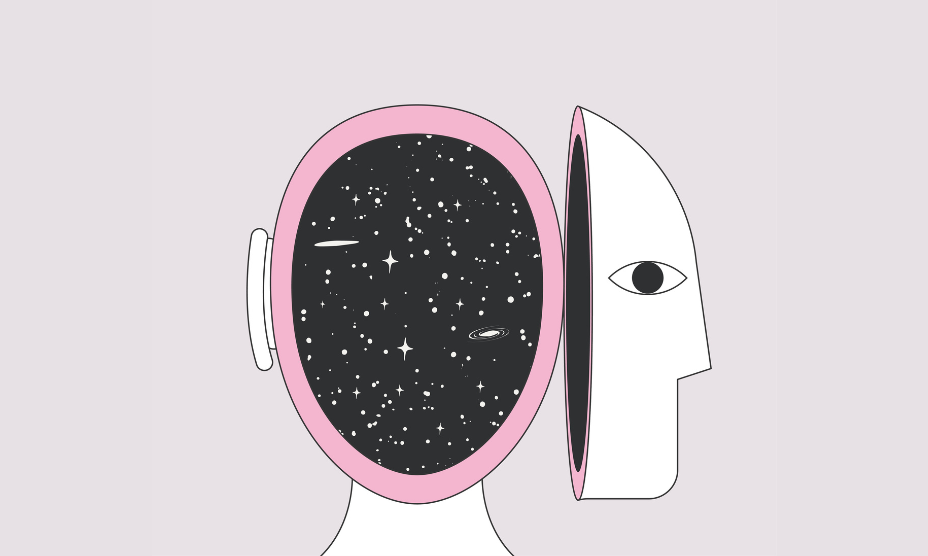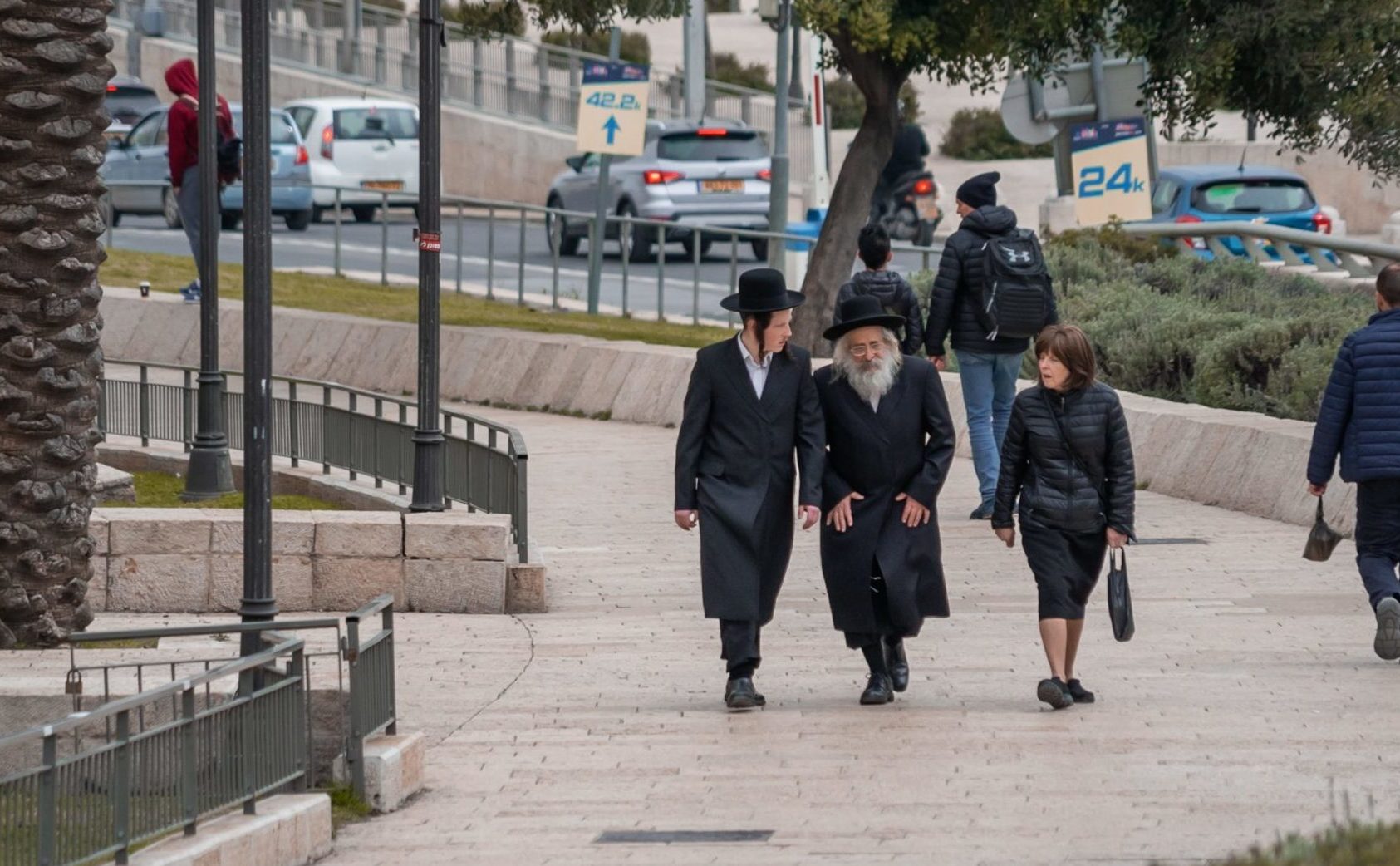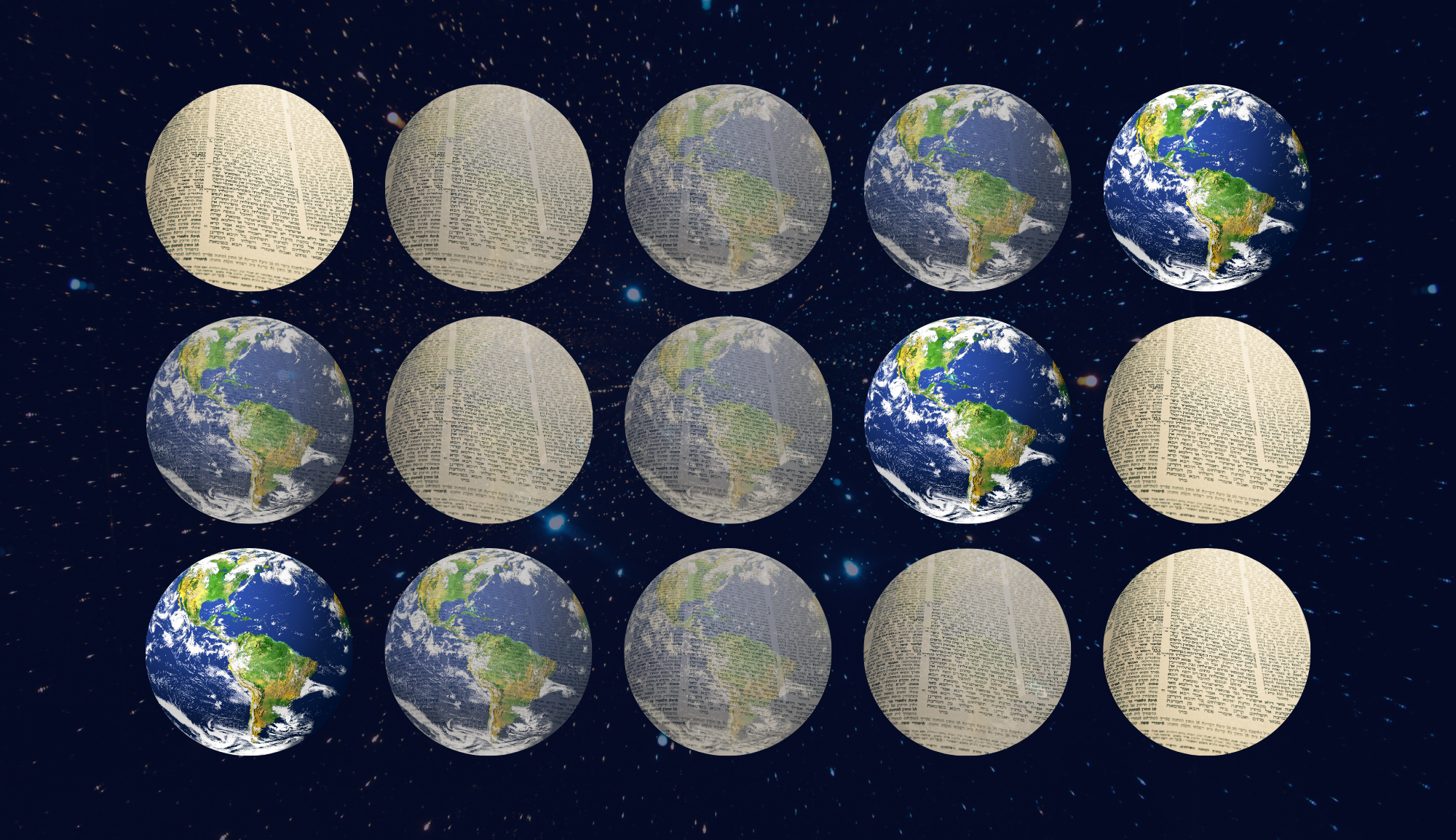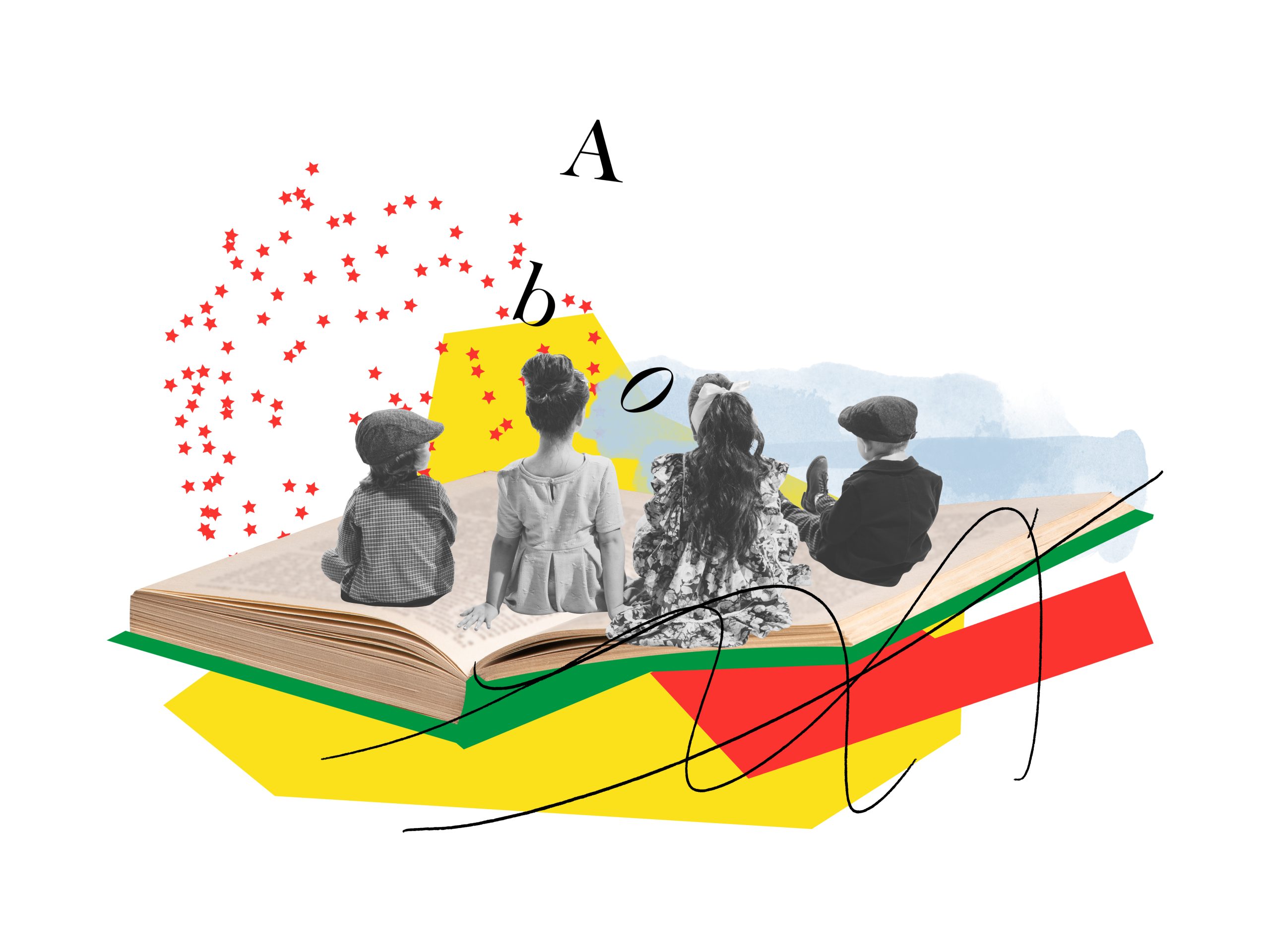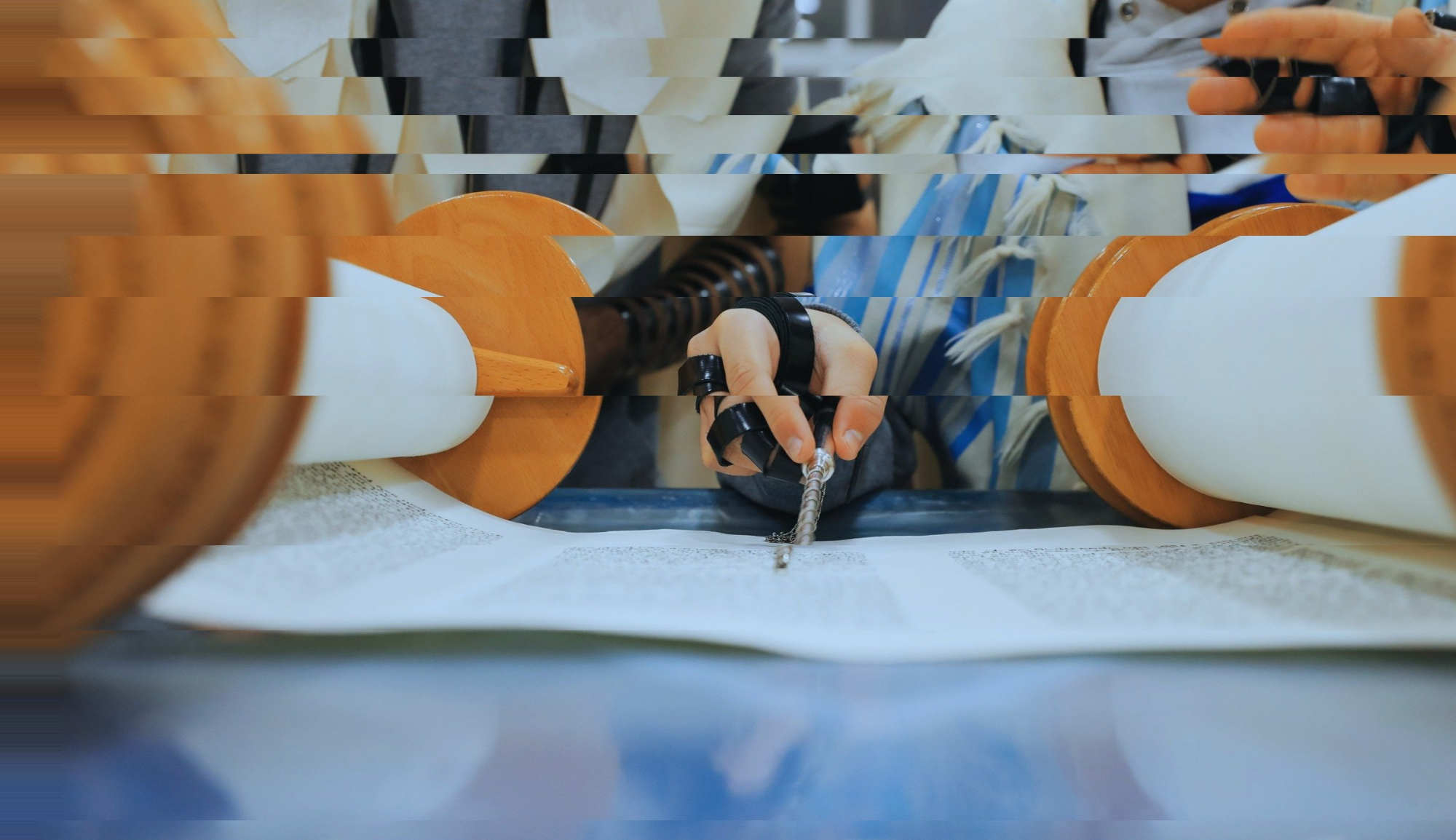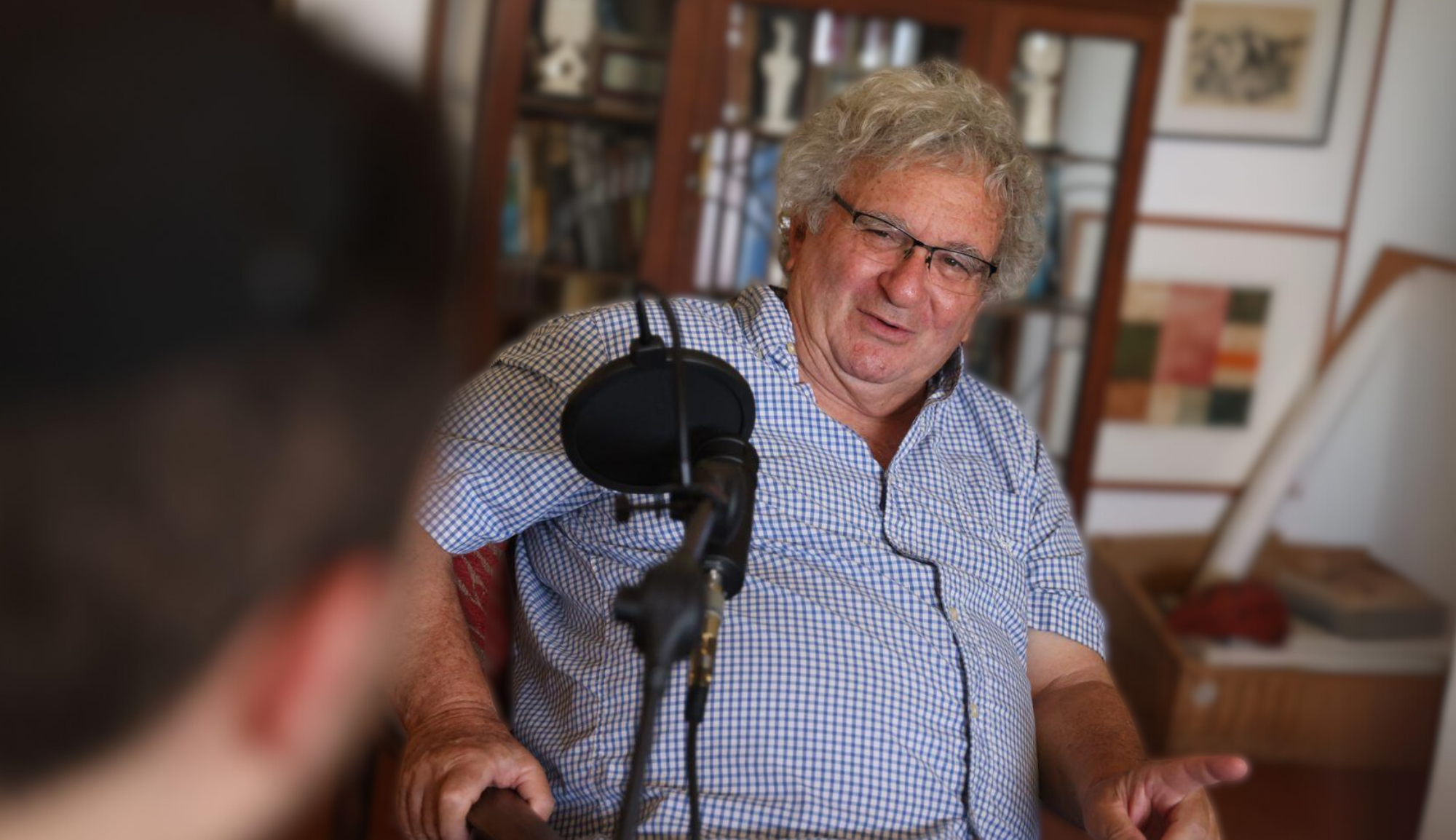You can download a PDF of all four articles in this Pesach Reader here.
For many people, and even more lecturers, the Seder night is a night of order. Many have the tradition to sing the order of the Seder, in what may offer its own slightly delightful commentary on life: order and discipline are not always poetic, but every once and a while we are able to make order itself sing. As Rabbi Avraham Yitzchak Kook put it: “Just as there are laws to poetry, there is poetry to laws.” This is one truth we discover on the Seder night.
But another truth we discover is that even within order, there is disorder. For all the talk of the order of the Seder night, there is a certain chaotic structure baked into the Haggadah itself. The Sages argue about the construction of the text, and in our attempt to honor all perspectives, we are left with a complex, multi-layered Haggadah, one that shifts back and forth and back again from slavery to freedom to slavery to freedom. Some seek to dispel the anxiety of this disorder, with beautiful maps and guidelines to the order within it all. Yet others sip their wine and dribble matzoh crumbs and wipe away wine stains from their pillow cases with a smile on their face. We support both (we really do!).
The Haggadah is meant to be learnt, together, according to Lindell, and it is in the questioning and discussion that the chaotic night has its sweet meaning.
In Rachel Sharansky Danziger’s words, at Tablet:
We start the storytelling part of the Seder conventionally enough, with the words, “This is the bread of destitution that our ancestors ate in the land of Egypt.” But before we have time to settle into a third-person account of our ancestors’ story, we are made to say, “We were slaves to Pharaoh in the land of Egypt” in the first person. We conclude that part by acknowledging that we are commanded to “tell the story of the Exodus … and anyone who spends extra time in telling the story of the Exodus from Egypt, behold he is praiseworthy.” But instead of letting us progress to actually telling the story, as we might expect at this point, the authors of the Haggadah veer into a story about other people telling the story of the Exodus instead.
In case these shifts failed to give us whiplash yet, the Haggadah goes on to compound our disorientation by moving in quick succession through a halachic dispute, the rabbis’ pedagogic instructions, and a walk down history lane all the way to Avraham’s beginnings. Only then does it actually delve into the story of the Exodus. But instead of setting the scene and describing the action, this section of the Haggadah takes the form of hermeneutics, matching words in Deuteronomy’s account of the salvation from Egypt to appropriate passages in other biblical sources. Without even the benefit of characters to root for, how can we lose ourselves in a story that constantly shifts between genres, topics, and points of view?
Why does the night of order, of freedom and liberation, have so much disorder to it? Why is it so chaotic, disjointed?
In approaching this question, Yosef Lindell, in the Lehrhaus, argues that the structure of the night reflects the educational and discussion-oriented nature of the night. In his words:
The disorganized Haggadah may not have the markings of a great novel, but perhaps it was never meant to be easy, its meaning delivered on a silver platter. With its non-sequiturs and cryptic passages, the Haggadah looks a lot like any page of the Talmud. So perhaps you can’t just read the Haggadah. Instead, you learn it. The freewheeling, disjointed Haggadah creates a Seder that mimics the dynamics of a beit midrash. It is no accident that its central portion is a midrash, the sine qua non of the Oral Torah.
The Haggadah is meant to be learnt, together, according to Lindell, and it is in the questioning and discussion that the chaotic night has its sweet meaning.
Rachel Sharansky Danziger has her own response to this question about the night of questions, seeing in the chaos instead an invitation to participate in the complicated nature of our own stories, and those of our parents. She puts it well:
By pulling us out of the story, the abrupt jumps from tangent to tangent in the Haggadah function like Iser’s gaps and discrepancies: They invite us to involve ourselves in making sense of the story. Though the Haggadah instructs us to say “we were slaves” in the first person, for example, it doesn’t allow us to lose our actual “I” in a sweeping narrative that will make that fictional “we” feel natural. It forces us to pause and consider how we feel about it instead. When the text then drops the first person in favor of other genres, it forces us to pause and try and understand how that “we” is connected to the fragments that follow.
The Seder night asks us: How do we tell the story of ourselves, our families, and our nation? In Bruce Feiler’s New York Times article “The Stories That Bind Us,” he speaks to Dr. Marshall Duke, a psychologist at Emory University, who has studied the effects of these stories we tell on our family structures. According to Duke, it is precisely the stories that embrace both the chaos and order into the narrative that have the most resilient quality, what he calls the ‘oscillatory narratives.’ These are the narratives that are not easy or simple, not linear or direct. It is these very narratives that bind families tightly together.
Perhaps the Seder night reflects this truth. Perhaps in the oscillatory movements in the Haggadah back and forth from slavery to freedom to slavery to freedom, we are meant to learn something about the chaotic path that redemption sometimes embodies. We often expect redemption from our struggles to be direct and easy, but so often this is not the case. We succeed, grow, ascend, only to find ourselves in the valley of life yet again. The stories of our families’ love is the same way. Many of our families have been challenged by difference, change, and struggle, and we hope that in the end, it is these very differences and challenges that tell the story of our love.
This Pesach Reader honors this love and asks you to join us in reflecting on order, divergence, and the ways we tell the stories of our lives this Pesach. We have readings from Rachel Sharansky Danziger, Yosef Lindell, and Bruce Feiler, each of whom offer a particular look at this night. We hope you enjoy the journey, and travel towards greater freedom and meaning together with your loved ones.
